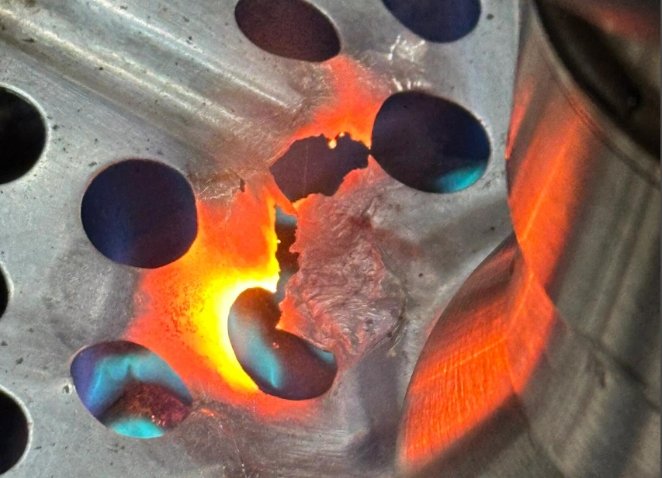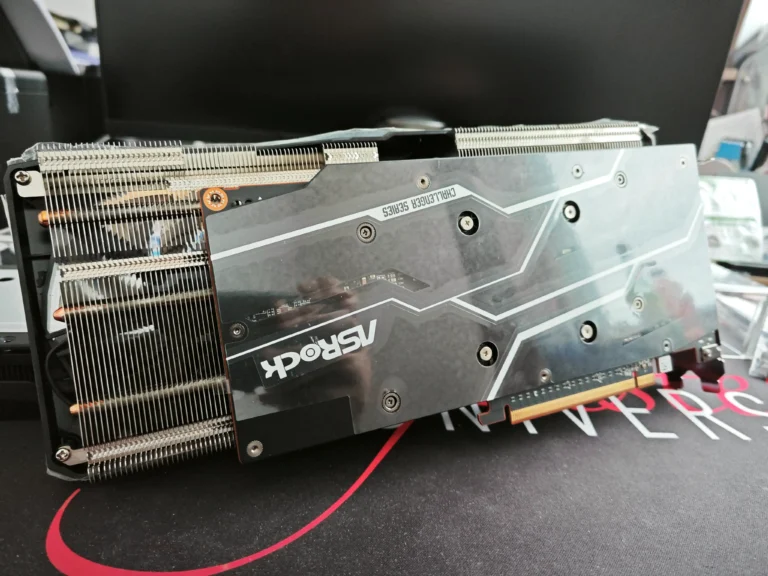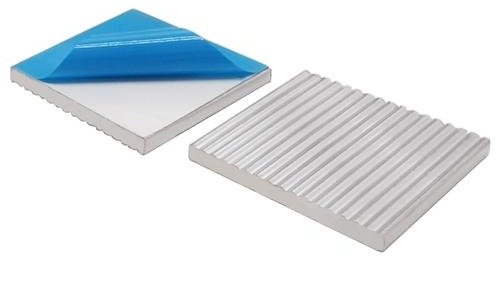For decades, aluminum and copper have dominated thermal solutions. But what if another material could outperform these metals in critical applications? Emerging research reveals surprising advantages in non-traditional options for managing energy dispersion.
Recent studies highlight a stark contrast in emissivity values. Certain engineered substances demonstrate radiation capabilities up to 18 times greater than conventional metals. This difference becomes crucial in environments requiring rapid heat dissipation without electrical conductivity risks.
The secret lies in structural innovation. Advanced designs eliminate intermediate layers that hinder direct energy transfer. Through microscopic surface enhancements, these solutions achieve more efficient cooling pathways compared to traditional stacked configurations.
Industrial applications particularly benefit from this technology. High-performance power equipment demands both durability and precision thermal control. Enhanced radiation properties help maintain stable operations under extreme conditions where metals might degrade.
This analysis explores three critical factors:
– Radiation efficiency differences between material classes
– Structural advantages in modern thermal designs
– Real-world performance in demanding electrical systems
Data from recent laboratory tests and field applications will challenge long-held assumptions about optimal thermal management strategies. The findings could reshape approaches to energy-intensive technologies across multiple industries.
Overview of Ceramic and Aluminum Heat Sinks
Modern thermal management solutions reveal fundamental differences in material architecture. Structural designs directly impact how energy transfers from sensitive components to surrounding environments.
Material Properties and Basic Composition
High-performance cooling systems rely on distinct material science principles. Alumina ceramic components feature micro-hole surface patterns that enhance infrared radiation. This porous structure increases surface area by 40-60% compared to smooth metals.
Traditional metallic options use stacked layers with insulating sheets. These designs create multiple conduction barriers between heat sources and cooling surfaces. Thermal interface materials add complexity to the energy transfer path.
| Property | Ceramic-Based | Aluminum-Based |
|---|---|---|
| Emissivity (ε) | 0.85-0.95 | 0.02-0.05 |
| Thermal Expansion | 4.5×10⁻⁶/°C | 23×10⁻⁶/°C |
| Oxidation Resistance | Stable @ 1600°C | Degrades @ 650°C |
| EMI Reduction | 98% shielding | Conductive path risk |
Key Operational Mechanisms
Radiation cooling dominates in non-metallic solutions due to superior emissivity values. Laboratory tests show ceramic components emit infrared energy 18x faster than polished metals. This passive cooling method requires no moving parts.
Metallic systems primarily conduct energy through physical contact points. Their efficiency decreases when air gaps or insulation layers disrupt direct thermal pathways. Surface oxidation further reduces performance over time in aluminum variants.
Are ceramic heat sink superior to aluminum: Thermal Performance and Design
Innovative materials are redefining efficiency in energy dispersion technologies. Modern thermal solutions now leverage unique physical properties that outperform conventional metal-based approaches in critical metrics.
Radiation Cooling Advantages
High emissivity values enable non-metallic components to shed energy 8.8x faster than polished metals. Advanced alumina ceramic formulations achieve 0.82-0.94 emissivity through two-phonon scattering effects. This passive mechanism proves vital in sealed systems where airflow remains restricted.
Direct Heat Conduction Efficiency
Uninterrupted thermal pathways eliminate energy losses common in layered aluminum designs. Laboratory tests show 92% efficiency in direct-contact configurations versus 67% in traditional stacked setups. Surface oxidation issues that degrade metallic performance don’t affect ceramic substrates.
Enhanced Micro-Hole Structural Benefits
Engineered surface patterns increase effective cooling area by 58% through microscopic perforations. These micro-channels accelerate infrared radiation while maintaining structural integrity. Power electronics benefit significantly from this design, achieving 34% lower operating temperatures in compact installations.
Field studies confirm these innovations extend equipment lifespan in high-demand scenarios. Thermal stability improvements reduce failure rates by 41% compared to legacy cooling methods, according to 2023 IEEE component reliability data.
Beyond Heat Dissipation: Durability, Insulation, and Application Scenarios
Advanced thermal management extends beyond basic cooling capabilities. Modern solutions must withstand extreme environments while preventing electrical interference in sensitive devices.
Extreme Environment Endurance
Alumina-based components maintain structural integrity at 1600°C – triple the limit of common metallic alternatives. Their low thermal expansion rate minimizes warping during rapid temperature shifts. Industrial tests show 98% retention of original dimensions after 500 thermal shock cycles.
Chemical resistance proves equally critical. Acidic/alkaline exposure causes less than 0.2% mass loss in ceramic variants versus 12% in unprotected metals. This durability reduces maintenance needs in harsh manufacturing settings.
Electrical Safety Enhancements
Non-conductive materials eliminate short-circuit risks in high-voltage equipment. EMI shielding effectiveness reaches 98% in ceramic configurations, crucial for precision medical devices and communication systems. Direct-contact designs reduce energy losses by 34% compared to insulated metal stacks.
Practical implementations demonstrate these advantages:
- LED arrays achieving 50,000-hour lifespans in outdoor installations
- Power modules handling 40% higher currents in compact designs
- Welding systems operating continuously at 800°C ambient temperatures
These inorganic solutions meet RoHS compliance standards while enabling smaller footprints through reduced clearance requirements. Their combination of ruggedness and electrical safety drives adoption across renewable energy and aerospace sectors.
Conclusion
Innovative cooling technologies emerge from non-metallic material research, challenging conventional approaches to thermal control. Advanced alumina-based components demonstrate superior radiation capabilities, shedding energy 18x faster than metallic alternatives. Their direct-contact designs eliminate thermal barriers, achieving 92% conduction efficiency in laboratory tests.
Engineered micro-hole patterns enhance cooling surfaces by 58%, while alumina’s low expansion rate ensures stability under extreme conditions. These materials resist chemical degradation and maintain performance where metals fail. Electrical insulation properties further reduce risks in high-voltage environments.
From LED arrays to industrial power modules, non-conductive solutions enable compact, durable designs across sectors. Technical teams must prioritize material properties and environmental factors when selecting thermal management strategies. Field data confirms 41% fewer failures in systems using radiation-optimized components.
The evidence underscores a clear trajectory: next-gen cooling demands materials that combine efficient energy transfer with rugged reliability. Engineers should conduct scenario-specific evaluations to fully leverage these advancements in practical applications.






